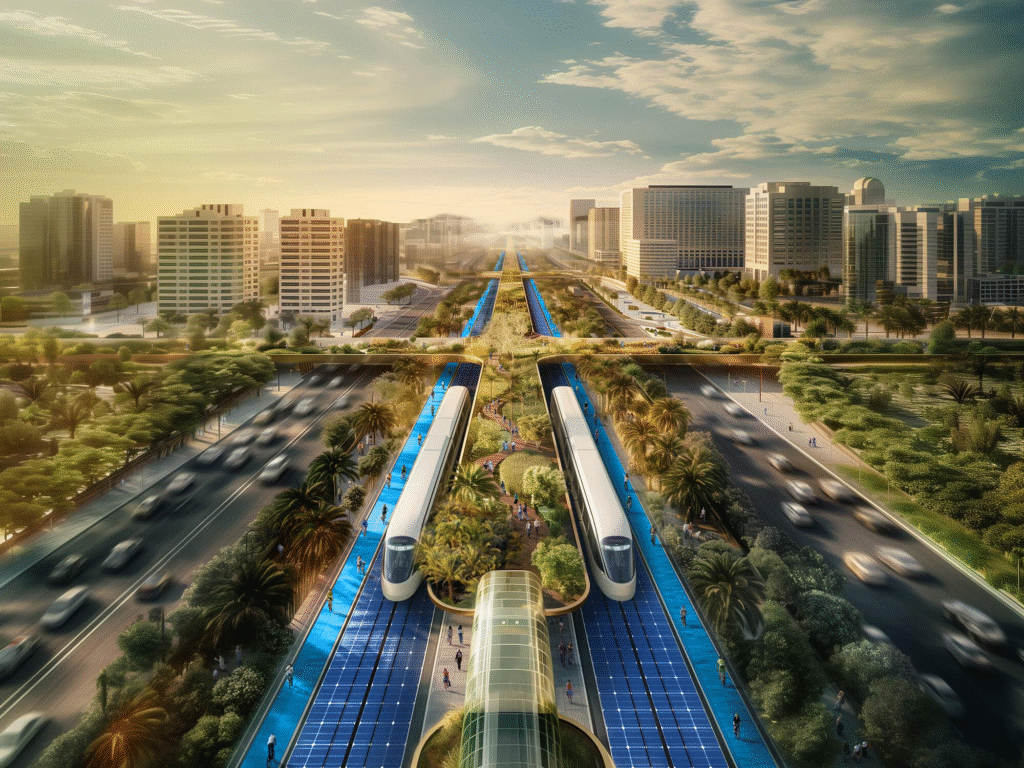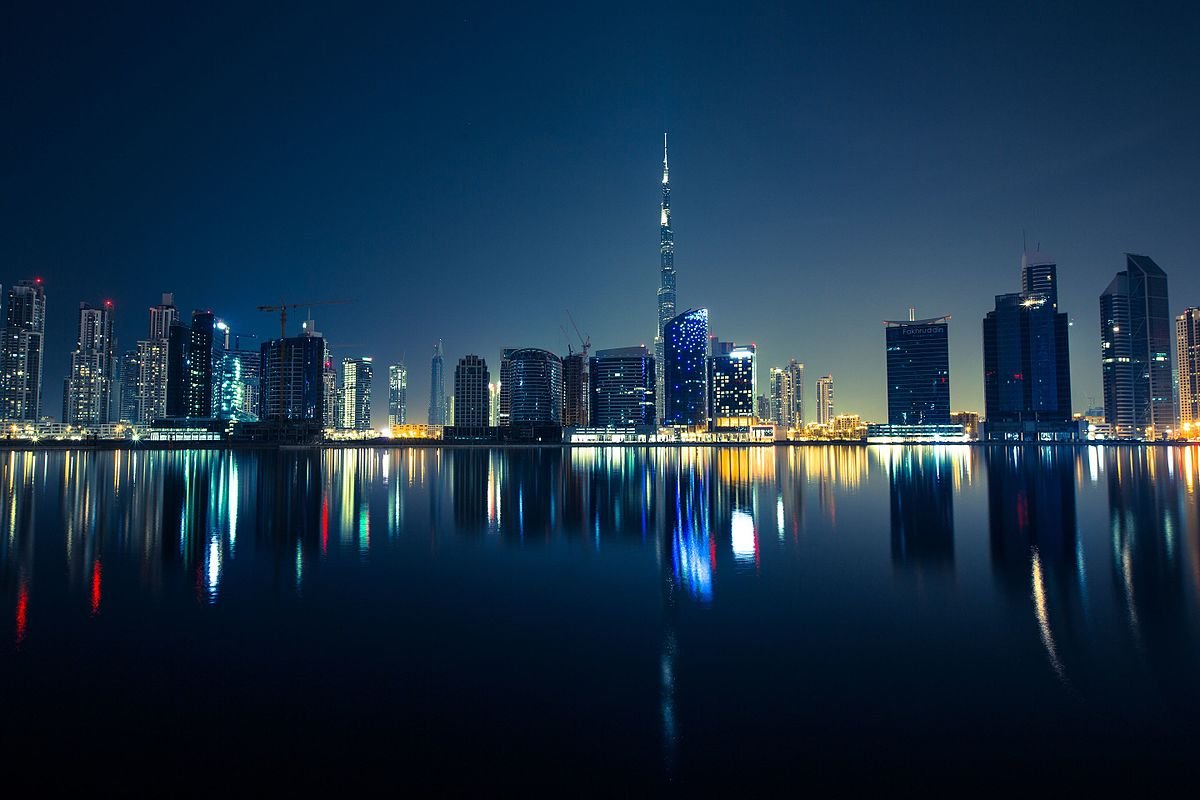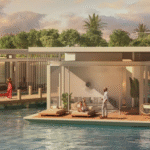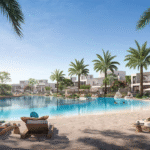Now Reading: Why Smart Investors Are Pouring Billions Into Dubai’s New Corridors Now 2025
-
01
Why Smart Investors Are Pouring Billions Into Dubai’s New Corridors Now 2025
Why Smart Investors Are Pouring Billions Into Dubai’s New Corridors Now 2025

Table of Contents
Dubai, long known for its luxurious skyline and forward-thinking infrastructure, is entering a new chapter in real estate and economic development. A wave of global and regional investors is turning their attention to emerging “growth corridors” in the emirate—areas that are rapidly evolving into vibrant hubs of opportunity.
From well-planned residential communities to high-tech business zones, these corridors offer strong returns, modern amenities, and government-backed development plans that make them particularly appealing to investors.
But what exactly are these new growth corridors? Why are they attracting so much attention? And what can investors expect in terms of returns and long-term potential?
Let’s explore why Dubai’s new corridors are becoming prime investment destinations.
The Rise of Dubai’s Growth Corridors

In recent years, Dubai has seen a shift in development focus from established areas like Downtown Dubai and Dubai Marina to newer, strategically located corridors. These areas include:
- Dubai South
- Meydan
- Dubai Creek Harbour
- Mohammed Bin Rashid City (MBR City)
- Dubai Silicon Oasis
- Al Jaddaf and Al Furjan
These zones are not just large real estate projects. They are being designed as integrated live-work-play ecosystems with access to public transport, green spaces, retail, and international schools. Many are also connected to Expo 2020 legacy projects or near major infrastructure like Al Maktoum International Airport or the expanded Metro network.
Government Vision and Support
One key driver behind these corridors is the Dubai 2040 Urban Master Plan. This bold plan aims to increase green spaces, support mixed-use development, and enhance connectivity between urban and suburban zones.
The government has made it clear that it wants Dubai to remain one of the world’s top cities for living and investing. To do that, it is:
- Investing in smart city technology
- Streamlining visa and business regulations
- Offering long-term residency for investors and professionals
- Ensuring infrastructure is built ahead of demand
These strategic moves are creating confidence among investors that these areas are not speculative bubbles, but part of a carefully planned and supported vision.
Affordable Entry Points with High ROI

Many of Dubai’s new growth corridors offer lower entry prices compared to the city’s traditional hotspots. For example, properties in Dubai South or Al Furjan are often priced 20–30% lower than those in Downtown Dubai, but with rental yields of 6–8%, sometimes higher.
This has opened the door for a broader range of investors, including:
- First-time buyers
- International investors seeking second homes
- Real estate funds targeting high-growth emerging markets
In addition, the ongoing shift toward remote and hybrid work has boosted demand for larger homes with more space—something many of these newer developments can easily offer.
Infrastructure Is the Backbone
Accessibility is a major selling point for these corridors. Developers and government planners are ensuring that roads, schools, healthcare centers, and transit options are already in place or being fast-tracked.
For instance:
- Dubai South is directly connected to the Expo 2020 site and Al Maktoum International Airport.
- MBR City lies just minutes away from Downtown Dubai and Business Bay but offers greener surroundings.
- Dubai Creek Harbour promises a new waterfront skyline and is expected to feature one of the tallest towers in the world.
With such ambitious and connected planning, these areas are expected to become self-sustaining districts in the next 5–10 years.
Lifestyle Appeal and Sustainability
Newer developments in Dubai are focusing on sustainable living and smart technologies. Investors are noticing a growing tenant preference for eco-friendly buildings, smart home systems, and access to parks and wellness facilities.
Families and professionals are also choosing these areas because of:
- Less traffic congestion
- More open space
- New international schools
- Proximity to business hubs
All of these factors are helping create stable, long-term demand—not just from short-term tourists or speculative buyers, but from genuine end-users.
Who’s Investing?
Investors from around the world are showing interest in these corridors. Recent trends show strong participation from:
- India, Pakistan, and China
- Russia and CIS countries
- Western Europe and the UK
- The GCC and wider Middle East
Dubai’s investor-friendly laws, tax-free environment, and improving global reputation for stability make it a top choice for cross-border capital.
Risks to Consider
Like any investment, Dubai’s new corridors come with risks. Delays in project delivery, changes in government policy, and fluctuations in global economic conditions can impact returns. However, many developers in these areas have strong track records, and the government’s involvement adds a layer of stability.
Investors are advised to work with credible real estate consultants and legal experts to ensure clear titles, proper handover timelines, and quality construction.
Final Thoughts
Dubai’s new growth corridors are more than just real estate developments—they are part of a long-term vision to create a more sustainable, connected, and inclusive city. For investors, these areas represent a unique opportunity to get in early on what could be the city’s next big boom.
Whether you’re looking for steady rental income, long-term capital gains, or simply a secure place to park your money, these corridors offer compelling value.
As the city continues to evolve, the early movers into these zones may find themselves at the heart of Dubai’s next success story.
Read More:- Deyaar’s Latest Announcement Shakes Up the UAE Property Market






















